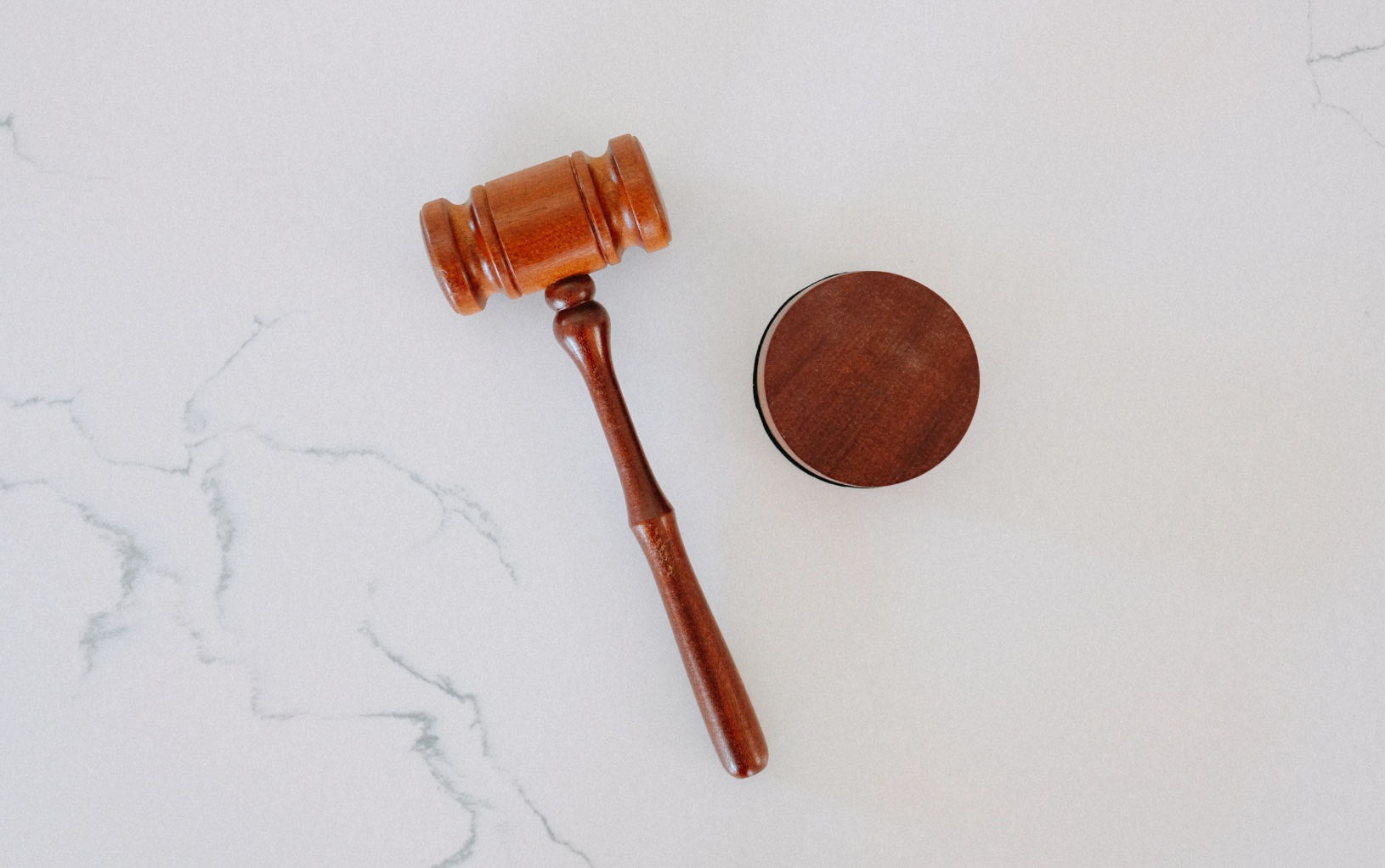Holding manufacturers accountable through legal recourse sends a resounding message underscoring that consumer welfare supersedes profit margins.
Embarking on the journey toward flawless locks, many individuals dive into a plethora of hair treatments and products, each promising marvels, whether it’s achieving sleek straightness or bouncing curls. However, intertwined with these lofty promises often lurk detrimental consequences, spanning from hair damage to scalp irritation. In recent times, a mounting apprehension has surfaced regarding the safety and liability of hair treatment products. This article delves into the risks entailed by these products, the regulatory maze governing their usage, and the measures consumers can employ to safeguard themselves.
Unraveling the Hazards
Hair treatment products encompass an extensive spectrum of formulations, ranging from relaxers and dyes to perms and styling agents. While these concoctions aspire to metamorphose the appearance and texture of hair, they frequently harbor potent chemicals capable of inflicting serious health hazards. For instance, myriad relaxers and straightening treatments boast ingredients like sodium hydroxide or formaldehyde, notorious for instigating chemical burns, hair breakage, and in severe cases, hair loss, if mishandled.
Moreover, hair dyes often contain substances such as ammonia and paraphenylenediamine (PPD), notorious for eliciting allergic reactions and skin sensitization. The lax regulation and oversight prevailing in the beauty industry have paved the way for these deleterious ingredients to persist in products, imperiling consumers with a spectrum of adverse health ramifications.
Navigating the Regulatory Labyrinth
Responding to the escalating concerns regarding the safety of hair treatment products, regulatory bodies worldwide have instituted diverse measures to shield consumers. In the United States, the Food and Drug Administration (FDA) presides over the regulation of cosmetics, including hair care products, under the Federal Food, Drug, and Cosmetic Act. However, in stark contrast to drugs, cosmetics circumvent the prerequisite of FDA approval before gracing the consumer market.
Instead, cosmetic manufacturers shoulder the onus of ensuring the safety of their products, absolved from the obligation to divulge all ingredients on product labels. This opaqueness compounds the challenge for consumers striving to make informed choices concerning the products they apply to their hair and skin. Furthermore, the FDA’s jurisdiction over cosmetics is circumscribed, and its capacity to execute pre-market testing on every product remains wanting.
Demanding Accountability and Empowering Consumers
In light of these regulatory crevices, consumers find themselves compelled to adopt proactive measures to shield themselves from the perils posed by hair treatment products. One stratagem entails acquainting oneself with the prevalent harmful ingredients lurking in these products and meticulously scrutinizing product labels before making a purchase. Vigilantly seek out products devoid of harsh chemicals such as sulfates, parabens, and phthalates, known culprits for depleting the hair’s natural oils, fostering dryness, and precipitating breakage.
Furthermore, contemplate embracing natural or organic hair care alternatives, crafted with botanical constituents, less prone to instigate adverse reactions. Additionally, conduct reconnaissance on brands prioritizing safety and transparency in their manufacturing protocols, ardently championing the utilization of ethically sourced ingredients.
Pursuing Legal Redress

In scenarios where consumers find themselves ensnared in the aftermath of harm inflicted by hair treatment products, avenues for legal redress may unveil themselves. Individuals contending with adverse reactions such as chemical burns, allergic responses, or hair loss might qualify to instigate a product liability lawsuit against the manufacturer or distributor culpable for the product.
Product liability statutes exhibit variance across jurisdictions, yet generally hold manufacturers answerable for any harm befalling consumers due to their products, whether stemming from design flaws, manufacturing defects, or inadequate warnings. By resorting to legal recourse, consumers can exact accountability from derelict companies and secure restitution for their injuries and losses.
In Conclusion
While hair treatment products allure with the promise of metamorphosing one’s tresses, they often harbor latent risks capable of inflicting harm upon both hair and scalp. From noxious chemicals to regulatory loopholes, the beauty industry poses an array of hurdles to consumer safety. However, by fortifying themselves with knowledge, scrutinizing labels, and embracing safer alternatives, individuals can mitigate the specter of adverse reactions and safeguard their hair and holistic well-being.
Moreover, holding manufacturers accountable through legal recourse sends a resounding message underscoring that consumer welfare supersedes profit margins. Legal representation provides invaluable guidance and advocacy in navigating complex legal matters. By collectively advocating for heightened transparency and accountability within the beauty industry, consumers can engender an environment wherein future generations revel in luscious, healthy locks sans jeopardizing their well-being. Seeking legal assistance help from Gemma Law for product liability in cases of hair treatment injuries can provide crucial support and expertise in pursuing rightful compensation.


Join the conversation!